
What is a Dike in Geology?
A dike is a type of igneous intrusion that cuts vertically across existing layers of rock, known as strata. Unlike sills, which intrude horizontally between layers, dikes break through. They form when magma from the Earth's mantle or lower crust forces its way upwards, exploiting overlying rock's cracks, faults, or fractures. Upon cooling and solidification, the magma becomes a dike.
Formation: From Magma to Monument
The journey of a dike begins deep within the Earth, where high temperatures and pressures melt rock into magma. Being less dense than the surrounding solid rock, this magma begins an upward migration towards the Earth's surface. Its path is not random; it follows lines of weakness in the crust, such as faults or fractures. As the magma injects itself into these cracks and solidifies, it forms a dike, cutting through the pre-existing layers of rock.
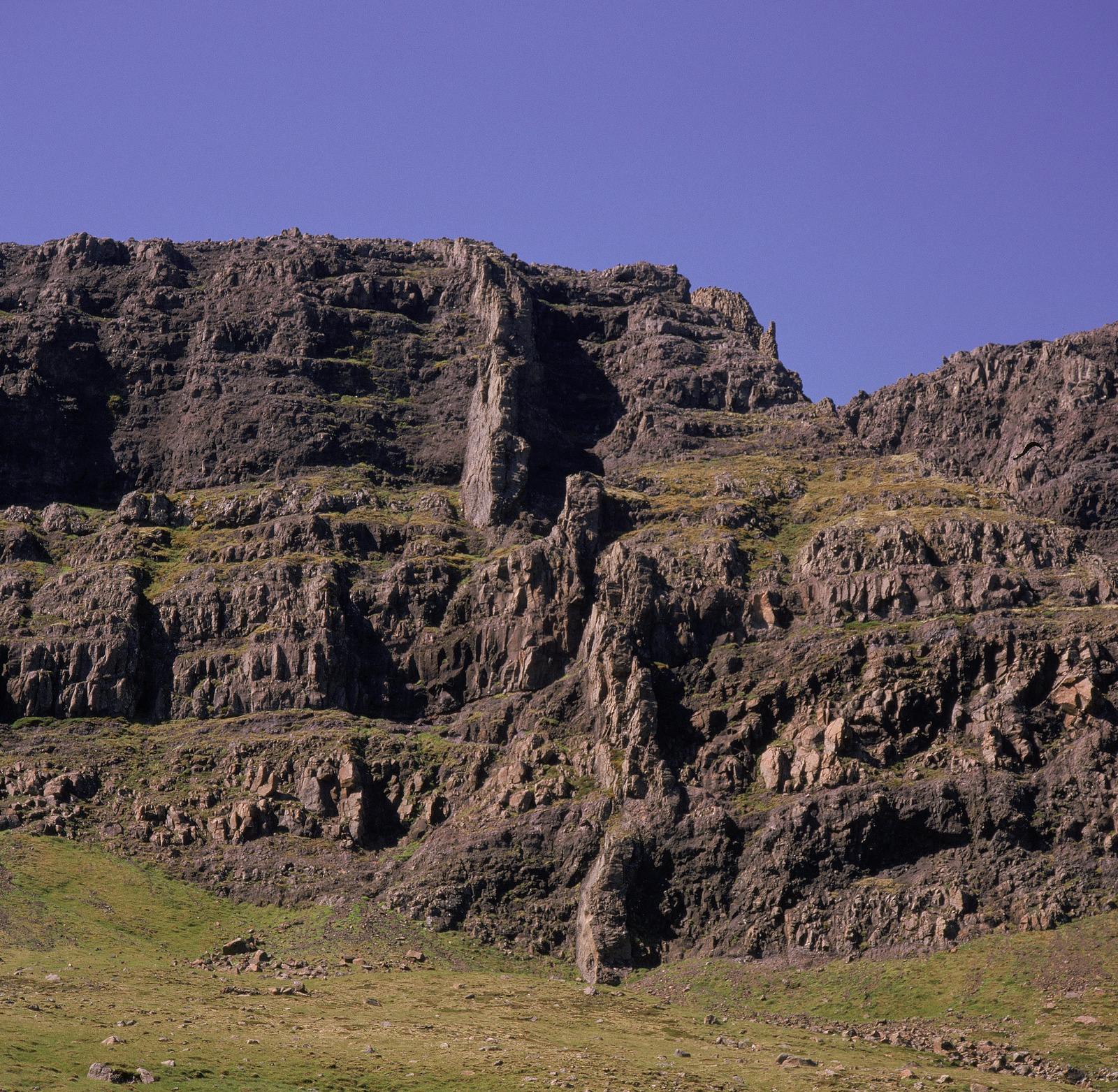
What Are Dikes Made Of?
Dikes can be composed of various types of igneous rock, depending on the magma's chemical composition from which they crystallise. Basaltic dikes, formed from basaltic magma, are common and known for their dark, fine-grained texture. Andesitic and rhyolitic dikes, crystallising from andesitic and rhyolitic magma, present various compositions and colours, from light grey to pink. The diversity in composition reflects the rich tapestry of the Earth's internal processes.
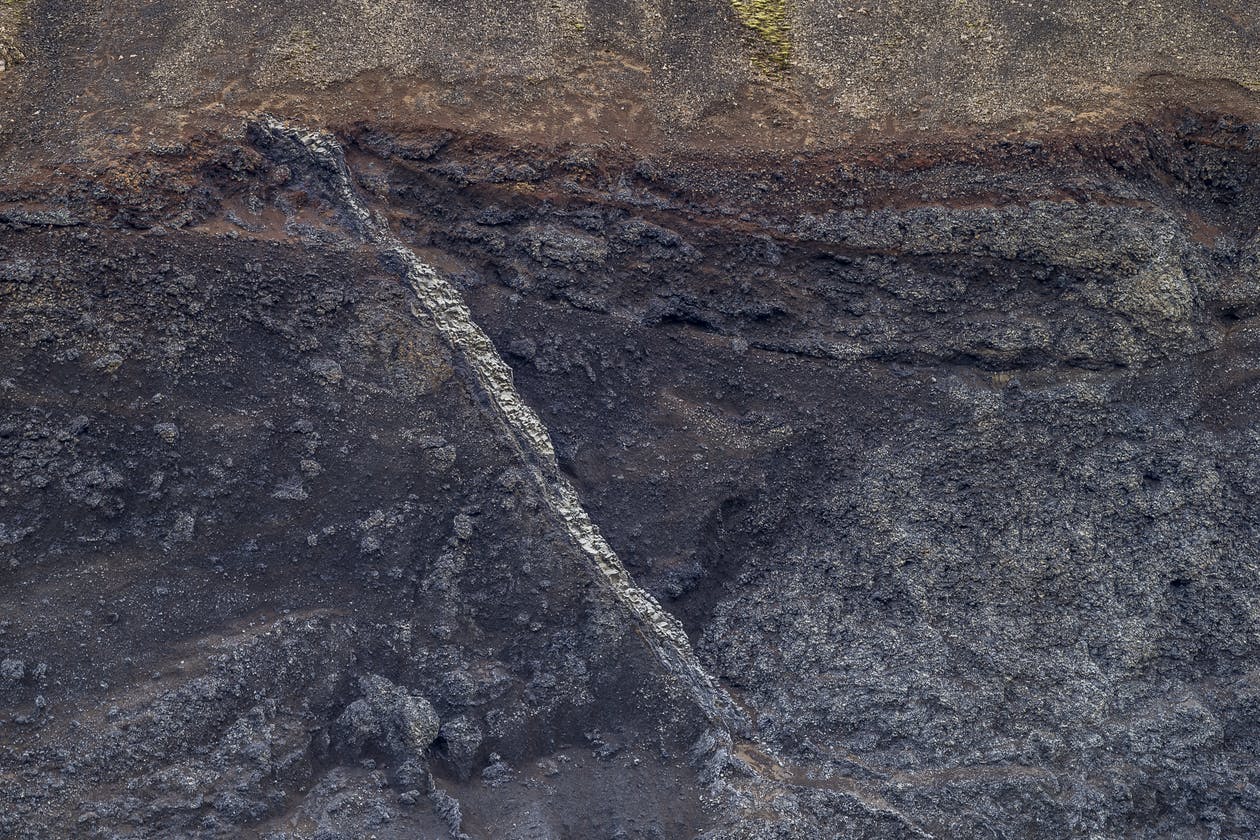
How do Dikes Shape the Earth's Crust
Dikes play a crucial role in the Earth's geology. They act as conduits for magma to reach the surface, leading to volcanic eruptions. In many cases, however, the magma doesn’t reach the surface but solidifies as a dyke without causing an eruption. Over time, erosion exposes dikes, revealing insights into the Earth's interior. Moreover, dikes contribute to the formation of new rock formations and are involved in the mineralisation processes, creating valuable ore deposits. Their presence also provides clues about past tectonic movements and the stresses that shaped the Earth's surface.
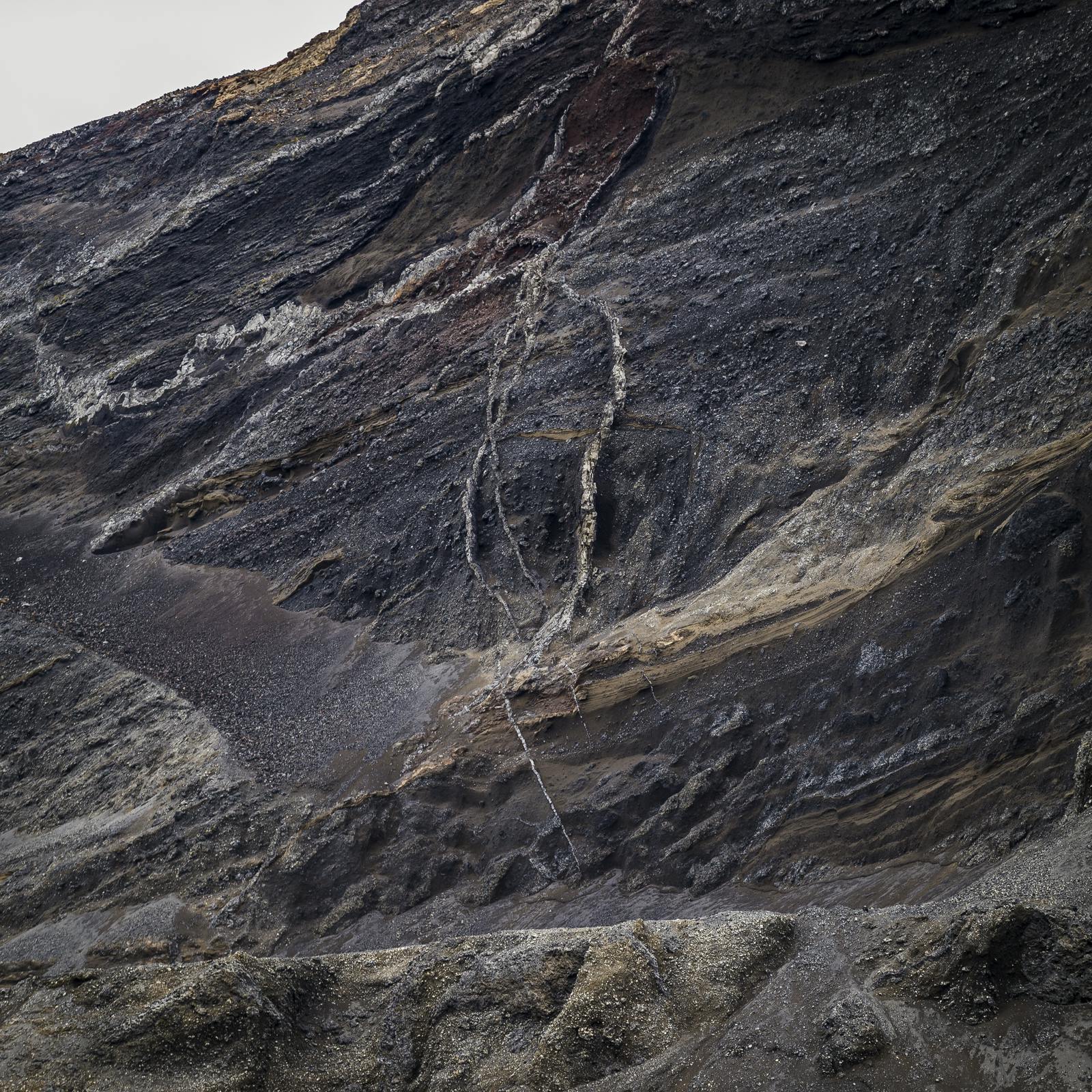
Iceland: A Land of Dikes
Nowhere are the effects of dikes more visible and more studied than in Iceland, a geologist's paradise. Iceland's landscape is dotted with dikes, many of which are exposed due to the island's active volcanic history and rapid erosion. These dikes contribute to Iceland's breathtaking scenery and offer valuable insights into the workings of plate tectonics and volcanic activity.
Dikes are Earth's Vertical Architects
Geological dikes are more than just vertical intrusions of rock; they are the architects of the Earth's crust, playing a vital role in its ongoing evolution. Through their formation, composition, and impact, dikes tell the story of a planet that is anything but static. In the landscapes of Iceland, these stories come to life, offering a glimpse into the power and beauty of Earth's interior forces. As we explore and study dikes, we gain a deeper appreciation for the complex and dynamic world beneath us.
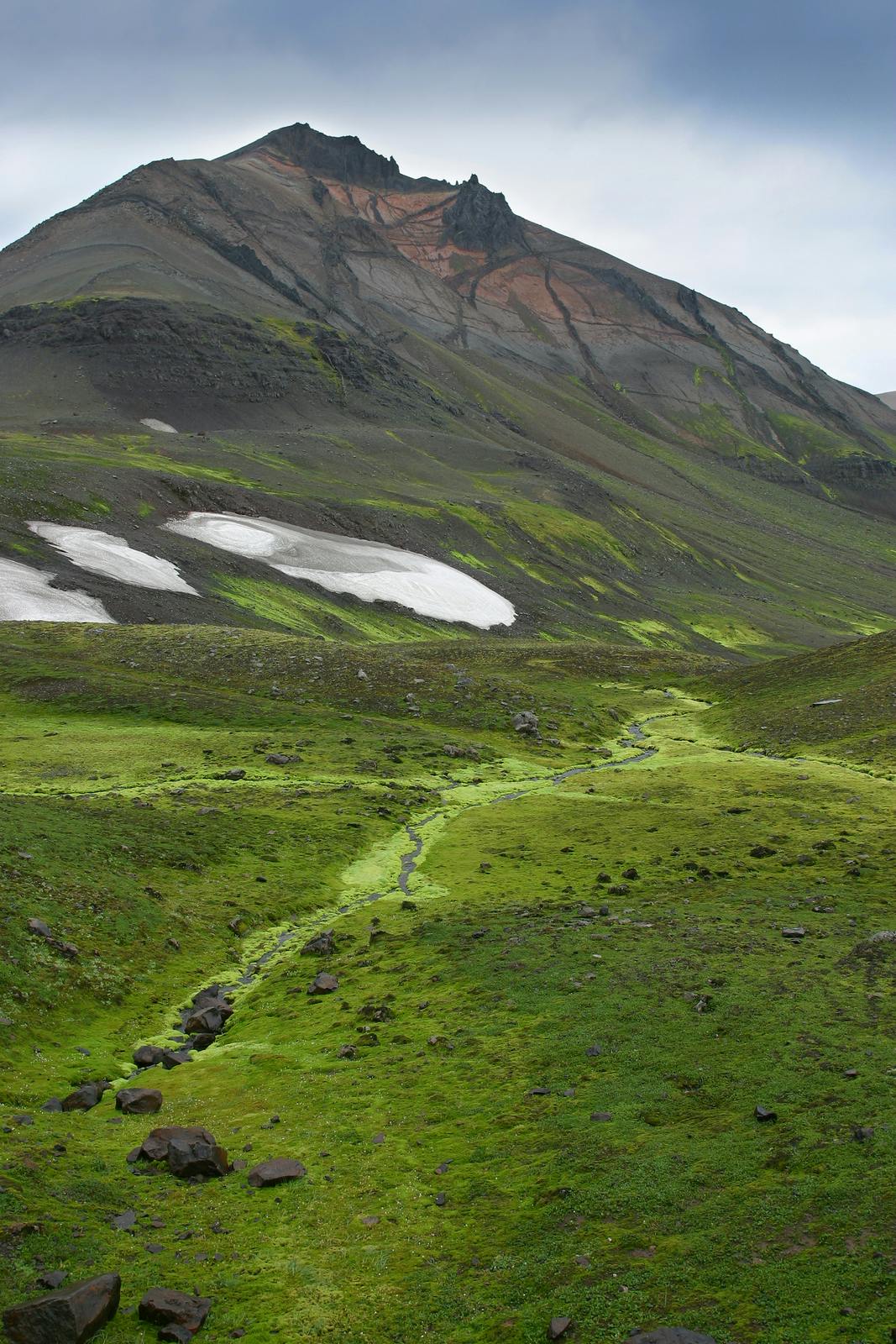
Learn About Volcanoes at Perlan in Reykjavík
Perlan's Forces of Nature exhibition allows guests to feel the immense power of volcanoes, earthquakes, and geothermal energy that powers the island. In the heart of Reykjavík, guests can learn about the volcanoes that form when heat and pressure build up beneath the Earth's surface. The Earth's weak points tend to be along fault lines where plates converge or diverge, like the tectonic plates in Iceland. The exhibition is a unique, family-friendly museum experience that entertains and informs.
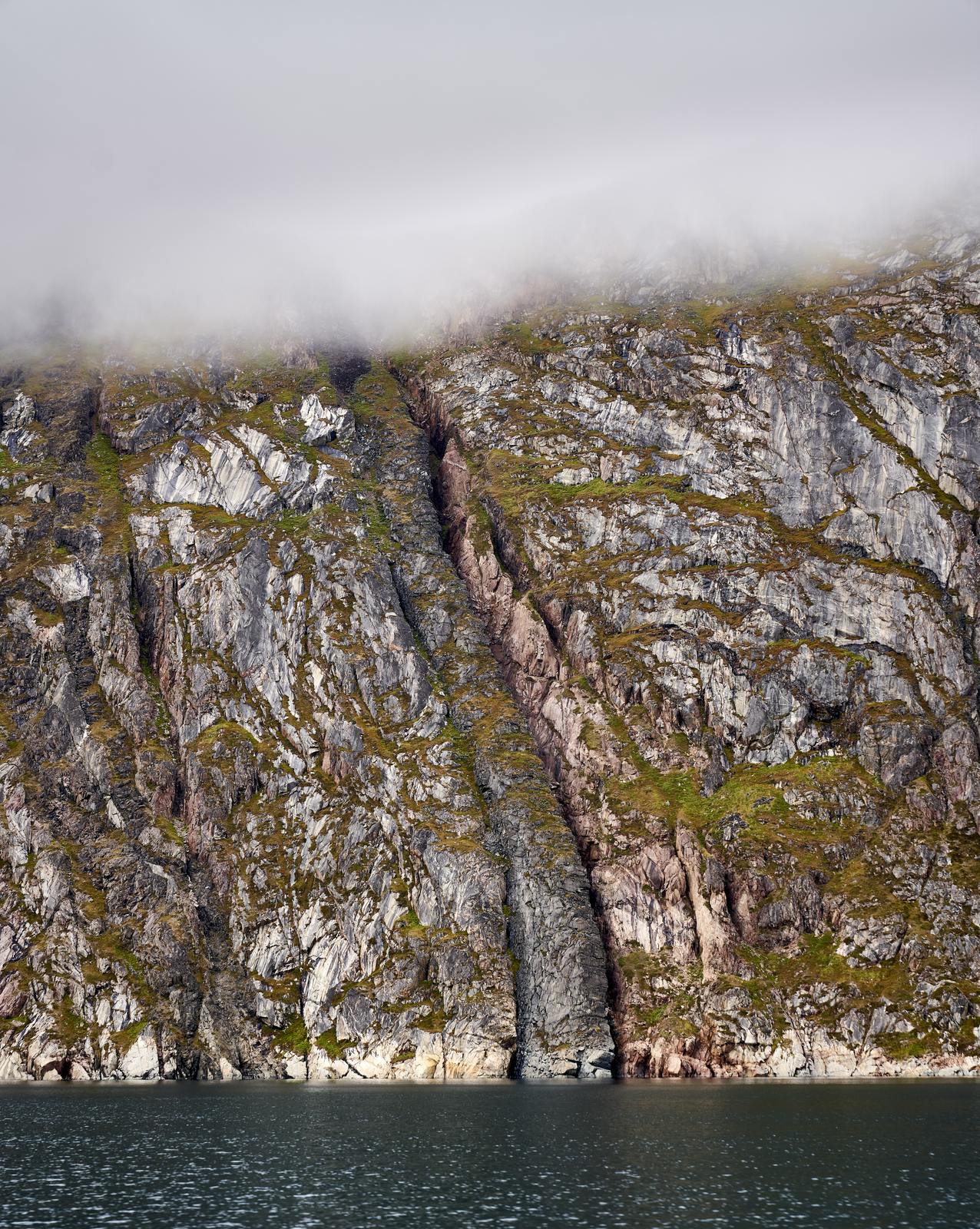
FAQ
Can dikes be seen on the surface?
While dikes intrude into subsurface layers, erosion often exposes them, making them visible on the Earth's surface.
Do dikes always run vertically?
Most dikes are vertical or near-vertical, but they can also intrude at steep angles, depending on the direction of the forces that created the fractures they filled.
Why are dikes important to geologists?
Dikes provide valuable information about the Earth's interior, the composition of magma, and the history of tectonic movements and stresses that have affected an area.
Popular tours
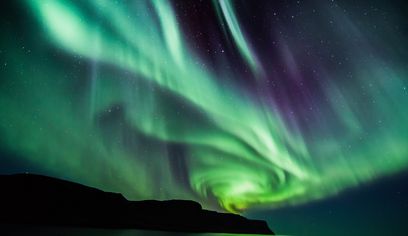
The #1 Northern Lights Tour in Iceland | FREE photos, Homemade Hot Chocolate & cinnamon buns

Reykjavík Northern Lights Cruise

Aurora Basecamp Night pass

Reykjavík Whales & Northern Lights

Northern Lights Tour from Reykjavik, With Photographs, Local Pastrys and Hot Chocolate

DT 310 Private Superjeep Northern Lights

NORTHERN LIGHTS AND STARGAZING (Guided in 10 languages)

GOLDEN CIRCLE AND NORTHERN LIGHTS (Guided in 10 languages)

Aurora Viking - The Private Tour - Northern Lights Tour

Northern Lights w/Aurora Viking - free pro photos - Free Retry – minibus
